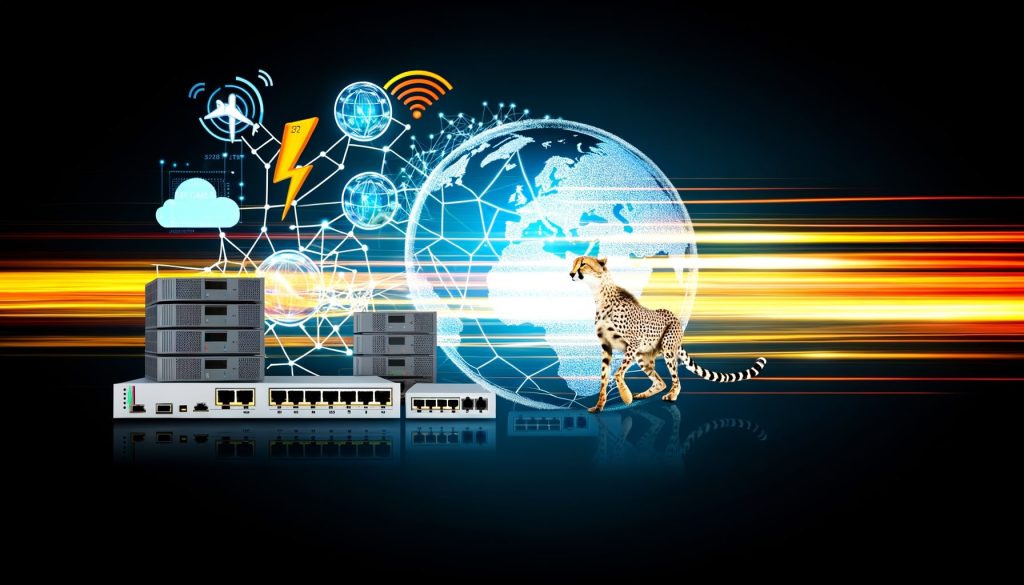Types of Broadband Connections
There are several types of broadband connections available to consumers today, each with its unique advantages. Digital Subscriber Line (DSL) uses telephone lines and offers speeds that vary based on the distance from the service provider. Cable broadband, on the other hand, uses the same kind of coaxial cables that deliver cable television service and generally provides faster speeds. Fiber-optic broadband is considered among the fastest connections currently available, providing high-speed data transmission over glass or plastic fiber cables. Lastly, satellite broadband, although slower due to signal transmission distances, is a viable option in rural or remote areas where other types of connectivity are limited.
Benefits of Broadband Internet
The benefits of broadband internet are many. It supports high-speed access to a variety of online content, including video streaming, online gaming, and large file downloads. It enhances productivity by enabling efficient telecommuting, access to cloud services, and real-time communication tools such as video conferencing. Additionally, it promotes educational opportunities by providing access to a vast number of e-learning platforms and resources.
Challenges in Broadband Access
Despite the widespread availability, there are still challenges in broadband access and adoption. One of the main issues is the digital divide, where rural and low-income areas may not have the same level of access to high-speed internet as urban and wealthy regions. This disparity can hinder economic opportunities and access to education and healthcare services for underprivileged communities. Moreover, the cost of broadband services can be a barrier for some households, emphasizing the need for affordable internet plans and government assistance programs.
Future of Broadband Internet
The future of broadband internet is promising, with continuous advancements in technology. The introduction of 5G technology is expected to revolutionize mobile broadband, offering faster speeds and more reliable connections. Additionally, there are ongoing efforts to expand fiber-optic networks and explore innovative solutions like high-altitude balloons and low-earth orbit satellites to provide global internet coverage. These advancements are aimed at making high-speed internet accessible to everyone, irrespective of geographic location.

